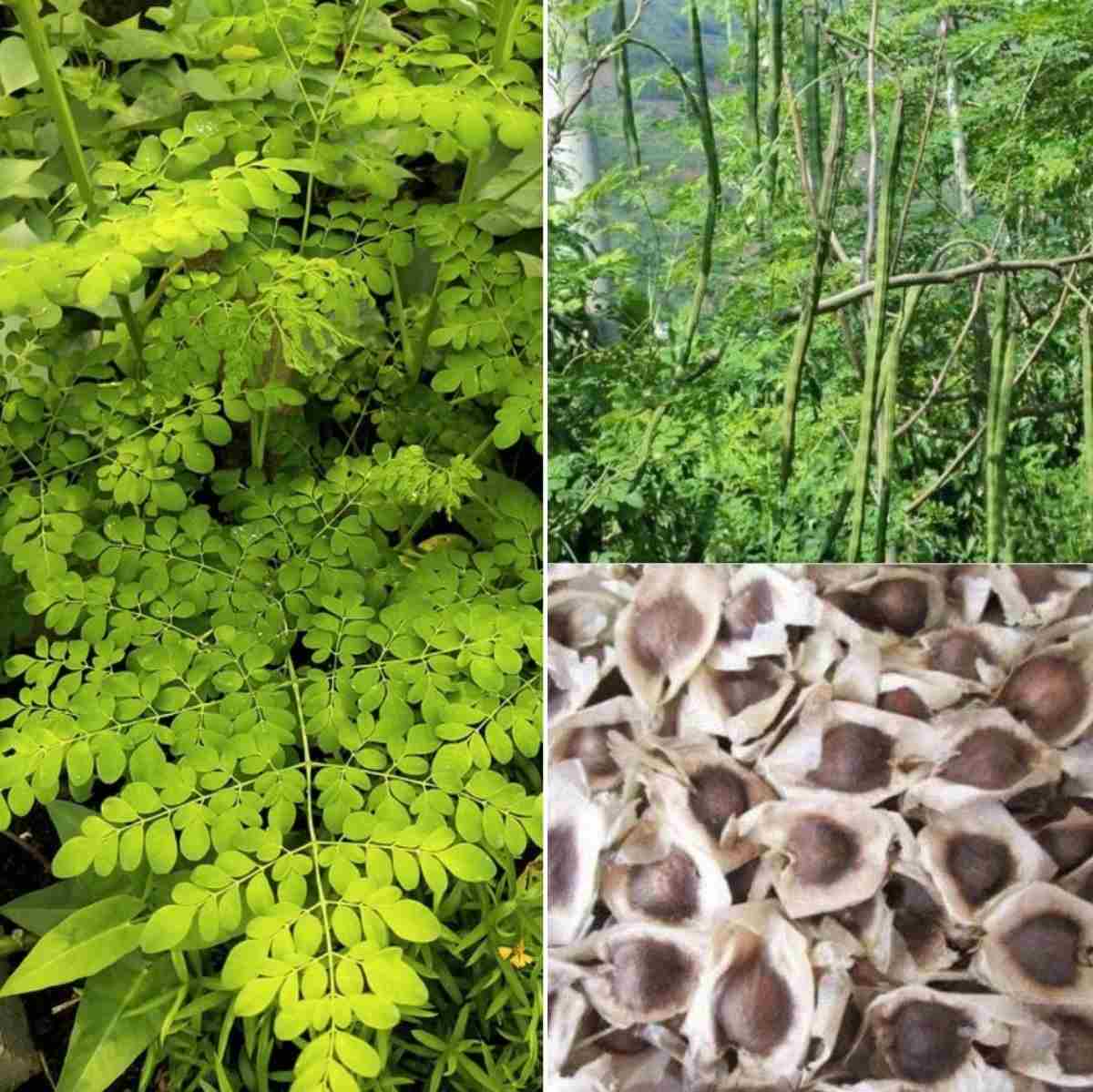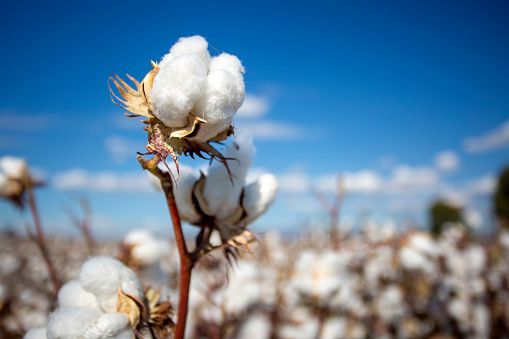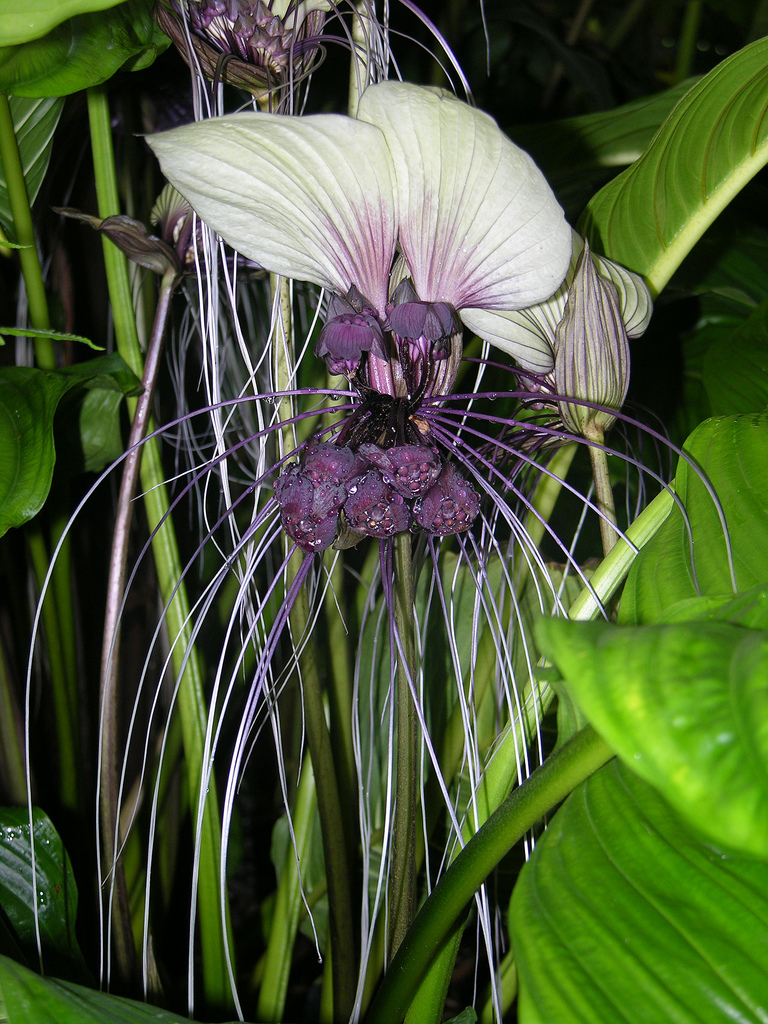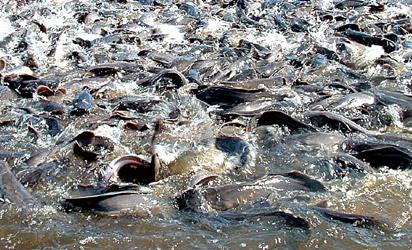Most Nigerians always misconstrue our role to that of Research Institutes, not knowing that we are to stimulate the economy through interventions and support in terms of research and technology innovations locally sourced raw materials to enhance further industrial productivity of other products our country expends huge import bills running to billions of dollar yearly.
This
according to the Chief Executive Officer (CEO) of the Raw Material Development
Research Council (RMRDC) Prof. Hussaini Ibrahim is what the council has been
doing in partnership with other major stakeholders in the research institutes,
processing companies, technicians and fabricators, seeds breeders and even
farmers’ organization to scientifically sourced local materials for further
industrial uses to generate more jobs and wealth within the country rather than
expending on import for things we can produce.
 |
Prof.
Ibrahim pointed that the council has intervened in several ways to enhance
economic activities in the agricultural space in the very recent times with
evidence of moringa exposition to international market, castor seeds
intervention for farmers, and also support to the registration of two newly improved cotton variety seeds that are meant to galvanise the backward integration of
textile industry to high productivity of employment creation towards achieving
President Mohammudu Buhari policy thrust on Economic Recovery and Growth Plan
(ERGP).

RMRDC CEO
stressed that one strategic industrial hub that has been established by the
council to facilitate business interface between inventors and industrial off
takers is the GTIL which is the commercial investment subsidiary of the RMRDC,
and its impact since 2015 inception was very evident.
Interventions on Agricultural raw
materials for import substitution
Sweet Sorghum: this particular crop has distinct
glucose syrup that can be used to substitute over 80% of its import from other
countries running into billions of dollar, and importantly with its high
ethanol potential than maize, sugarcane and cassava, the council had seen it
very necessary to partner with Agricultural
Institute of Agricultural Research (IAR) to develop three different
sweet sorghum varieties to boost production that will reduce import bill
estimated at 90,000 metric of glucose syrup annually for use in food, soft
drink, confectionery and pharmaceutical industries. The Council did not stop at
this, but went further to design and fabricate equipment for the processing of
the sweet sorghum into glucose syrup and ethanol just as other remnants are
converted to animal feeds for livestock. You can imagine the huge amount of
foreign exchange that would have gone into foreign exchange bills without this
intervention by RMRDC, said one of the officials of the council.
Moringa plant: the billions of Naira Nigeria presently is earning through this plant wasn’t without the touch of the council who had exposed the stakeholders to more viable economic areas the plant can be utilized to earn sustainable living. The council did not stop there, but further went into partnership through its GTIL with a registered private company to start the processing of the plant into spiced powder that is used as food additives, water treatment with the provision of machines and other equipment as the other partner provides infrastructural facilities with about eight different products in the market presently. Already the two partners are working on how Moringa oil can be produced with NAFDAC number processing going on as well. Also the council in collaboration with the Ahmadu Bello University (ABU), Zaria had developed two models of moringa water treatment that will check importation by the time is commercialized.

Cotton productivity: the impact of RMRDC in bringing back
the lost glory of textile industry, the higher employer of labour in the
country cannot be quantified sequel to the good yield of improved cotton seeds
the council has been able to provide for farmers’ Association (NACOTAN), just
as processors association has been supported with a spinning line technology
for the conversion of cotton and other synthetic fibre into a yarn at cottage
levels. This is impacting on the productivity of stakeholders after many set
back that have bedevilled the sub sector of the country’s economy.

Castor oil: the important of castor in the
productivity of industrial oil that is in great demand for industrial uses,
especially by the Military as is being referred as strategic military oil in
the United States of America (USA). For this reason, the RMRDC left no stone
unturned by ensuring that the seeds of the crop are being domesticated for
affordability and availability to meet local demand through other derivatives
notably hydraulic brake fluid for automobile industry, pharmaceutical where it is used to produce
laxative cosmetic of various body and hair treatment and soap productions.
Given its economic importance the council in collaboration with a private
company has established first castor oil plant in the country to ensure
availability. Also the council has been able to support the Castors Growers,
Processors and Marketers Association of Nigeria (CASGPMAN) with an improved
sheller to increase the volume of shelled castors seeds in the country just as
the crop has been domesticated from only being grown in the wild through the
RMRDC’s efforts. Already all these support have spurred private investment in
the establishment of oil plants as two companies are now producing and selling
within Abuja. Meanwhile field trial for 10 accessions for improved seeds for
farmers have commenced in collaboration with National Cereals Research
Institute (NCRI) Badegi and IAR, Zaria across the five geopolitical zones.
Tacca Plant: Tacca plant has higher starch potential
to substitute the use of the content in both maize and cassava to ensure food
security and check mate import being expended on maize to compliment shortfall.
In the bit to ensure alternative starch source, the RMRDC in collaboration with
two sister agencies has domesticated about twenty tons of Tacca plant as it is
only grown in the wild but with high quality for pharmaceutical grade starch,
glucose syrup and adhesives to complement conventional starch sources.
Presently the propagation to ensure the crop sustainable supply is currently on
going in the University of Umudike, Abia and Itobe Benue respectively.

Fish processing: For more economic earnings of
farmers, the RMRDC in partnership with National Institute of Oceanography and
Marine Research have fabricated a modern smoking equipment to reduce drudgery
and improve efficiency. The fabricated
machine that have been transfered to technicians for commercialization through
training that involved about five Polytechnics across the regions of North West,
North East, South West, North East and South South.

Kanef Production: the council has impacted in the
promotion of kanef value chain in view of its industrial importance. The RMRDC
has the following achievement in its kitty
-Extablishment
of pilot kenaf farms and processing centres in Oyo and Niger states to assess
the productivity and profitability of its production in the country.
-Organized
various investors’ fora on the crop development and utilization in Nigeria
-Boosting
the production of kenaf by procurement and distribution of kenaf seeds to
farmers’ association for seeds multiplication in 2017 and 2018.
In
partnership with Institute for Agricultural Research and Training (IAR&T),
Sahara Engineering Limited and Obafemi awolowo University designed and
fabricated five tons per day kenaf decorticator and retting tank for the
production of jute bags that is 4.5 million in demand yearly, and the equipment
is ready for commercialization.

Cashew Nuts: Before the intervention of RMRDC,
processing of the crop is characterised with unethical process, and this had
resulted to exportation of raw cashew nuts that are brought back to us with
higher premium due to value additions. With the support of the council, there
is now increase in the processing capacity in the country as processing plants with one ton processing
capacity per have been established in the Kogi state university, Ayingba with
another in Ogun state. This has generated over 2000 jobs for the two locations.












On that of Cashew processing plant, the ksu establishment needs serious check as the room for expansion is needed and govt can not run business effectively, with PPP that investment can gives that employment rate but for now, not real.
ReplyDeleteFine interview. It reveals so much about the Council's interventions in the development of the national economy.
ReplyDelete